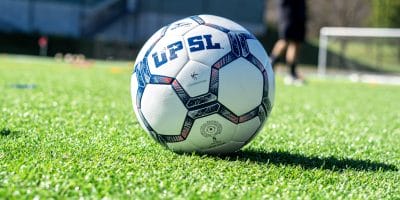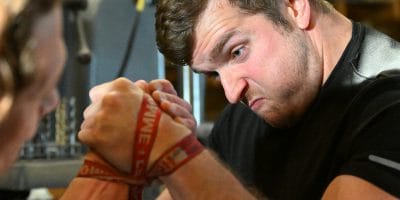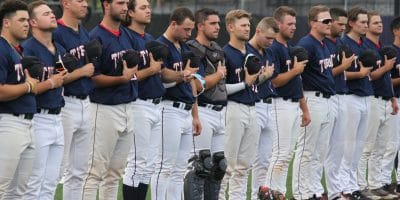
By Savannah Reger, contributor
On July 1, following years of debate and legal proceedings, the NCAA adopted a new “Name, Image and Likeness” (NIL) policy that could have a profound effect on college athletes and athletics programs. The move comes as a broader argument plays out over whether college athletes should be paid, and blurs the lines that the NCAA has traditionally drawn between amauter and professional sports.
“It will take time to determine what the ultimate impact of NIL is,” JMU Director of Athletics Jeff Bourne told The Citizen.
Under the current rules, each school is allowed to enact its own NIL policy. JMU, which has been vocal in its support of athletes benefiting from their names, published its policy on July 1. Among other things, the policy allows athletes to start their own businesses, benefit from appearances in JMU uniforms, sell apparel and make paid public appearances.
One thing that’s likely, according to JMU officials: expect to see more JMU athletes endorsing products on social media – as All-American defensive tackle Mike Greene has already begun doing. Multiple Dukes are also Barstool Athletes.
JMU Athletics turned down The Citizen’s request for an interview with Greene.
Bourne said JMU athletic staff will help educate its athletes on the policy and how to navigate it – while also emphasizing athletes’ responsibilities as students. The policy prohibits missing class for NIL-related activities, for example.
“We are working from an educational perspective on various sessions to help our student athletes understand [the policy],” Bourne said. “[So they] know where the resources are, so they know who they could consult in the event that they wanted to do something like this.”
How we got here
A key event leading to the recent NIL decision was California’s 2019 passage of legislation saying that beginning in 2023, college athletes can’t be punished for accepting endorsement deals. That October, the NCAA Board of Visitors agreed it was time to modernize the NIL rules.
Then, in July 2020, the NCAA requested Congressional help in creating a federal NIL policy. As a result, multiple bills were introduced. Last January, however, the NCAA’s Division I Council delayed the vote indefinitely.
Then, in June, six conference heads proposed allowing individual schools to create their own NIL policies – an approach the NCAA Board of Directors adopted on June 30. In the absence of federal legislation, some individual states have passed laws regarding the matter. But Virginia is not one of them, leaving JMU free to create its own policy.
“I know that we wanted to make sure our policy was congruent with other institutions,” Bourne said. “We started a lot of dialogue over the last couple of months to make sure that from a Colonial Athletic Association (CAA) stand that JMU’s policy was congruent with that.”
Elon University, which competes in the CAA South Division, also quickly adapted and posted a NIL policy of its own. It allows athletes to engage in NIL activities in North Carolina.
What about the area’s other colleges?
For EMU, Bridgewater College and other Division III schools, it’s unlikely that the NIL policies will have as big of an impact as the will at JMU. EMU Director of Athletics Dave King doesn’t anticipate the NIL policy affecting the athletes in a big way, but is grateful for the opportunities it will provide.
”Student athletes can now be on the same playing field as non-athletes,” King said. “While initially it looks like the NIL affects DI football players whose jerseys would be sold, it’s much bigger than that and will make its way to DIII in some shape or form.”
King also added that DIII athletes may use the NIL more in the communities where their schools are, rather than on a national scale.
“I think some DIII athletes, not just in Harrisonburg, can use a small amount of business advertising,” King said. “It’s too early to tell, but teaching lessons or writing books are ways for them to possibly use the NIL. It will be very interesting when the dust settles.”
While new NIL policies will likely have some effect on all area colleges, JMU Assistant Athletic Director for Communications Kevin Warner, said that will vary by school size and athletics prominence..
“One of the significant differences between DIII and DI is visibility and marketability,” Kevin Warner said. “So you may have similar desire from student athletes at different levels to pursue NIL, but the stature of the department within a community or region can vary quite a bit.
Journalism is changing, and that’s why The Citizen is here. We’re independent. We’re local. We pay our contributors, and the money you give goes directly to the reporting. No overhead. No printing costs. Just facts, stories and context. We’re also a proud member of the Virginia Press Association. Thanks for your support.













